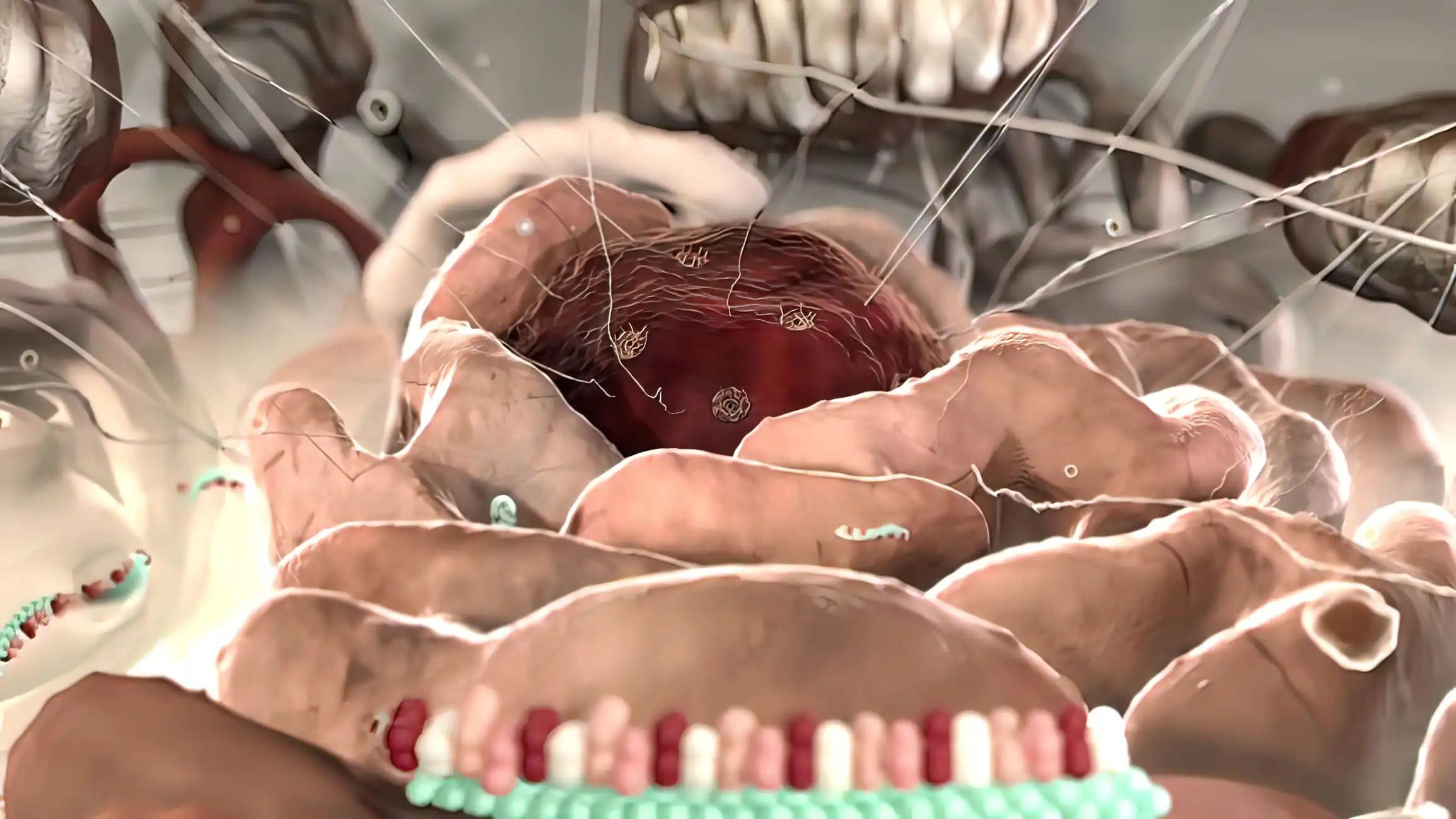KEY TAKEAWAYS
- The phase 1 MonumenTAL-1 (NCT03399799) study and another phase 2 (NCT04634552) study evaluated the infection profile and immune function with tal.
- Infections, including opportunistic infections, were monitored during a median follow-up of 15.9 months for tal QW, 10.1 months for tal Q2W, and 13.1 months.
- Tal, the bispecific antibody targeting GPRC5D, showed clinical benefit in RRMM with a lower incidence of fatal infections compared to BCMA-targeted T-cell-based therapies.
Tal is a bispecific antibody with clinical benefit in RRMM, targets G protein–coupled receptor family C group 5 member D (GPRC5D), a protein with unknown function substantially overexpressed on malignant plasma cells compared to normal plasma cells. In this phase 1/2 MonumenTAL-1 study (NCT03399799/NCT04634552), Researchers reported on the infection profile and immune function with tal. All participants gave informed consent. Patients had RRMM, were intolerant to/progressed on standard therapies (phase 1), or had received 3 prior lines of treatment (phase 2; 1 proteasome inhibitor/immunomodulatory drug/anti-CD38 antibody).
Subcutaneous tal was given at 0.4 mg/kg QW or 0.8 mg/kg Q2W. Infections (graded by CTCAE v4.03) were treated based on regional recommendations. Blood and serum samples were analyzed for B-cell subpopulations and IgG levels. Researchers evaluated 339 patients with tal QW or Q2W, 51 of whom had undergone prior T-cell redirection therapy (pTCRT); infection rates were (median follow-up, 15.9, 10.1, and 13.1 months, respectively). New infections were most prevalent between cycles 1 and 2. Grade (gr) pneumonia (3.5%) and urinary tract infections (2.1%) were observed in >2 patients with tal QW; pneumonia (2.1%) and COVID-19 (2.1%) with tal Q2W; and pneumonia (5.7%) with pTCRT.
Patients with opportunistic infections comprised 3.5%, 4.1%, and 5.9%, respectively. Less than 1.5% of patients succumbed to COVID-19 pneumonia (n=2), septic shock, fungal sepsis, and undetermined etiology. The prevalence of hypogammaglobulinemia was 64.3% (total QW), 65.5% (total Q2W), and 70.6% (pTCRT); IVIg use was 14.7%, 12.4%, and 15.5%, respectively. CD19+ B-cell levels were stable, and non-clonal IgG levels tended to rise over time. Approximately 20% of patients on tal (most frequently cycles 1–2) had grade 3/4 infections, with low rates of opportunistic infections, discontinuation, and mortality.
With tal, infection rates, especially fatal ones, appeared lower than with BCMA-targeted T-cell-based therapies. A trend towards increased non-clonal IgG suggested that rapid, profound, and long-lasting responses to tal are associated with the prospective recovery of humoral immunity. These results identify tal as a promising new treatment for RRMM.
Clinical Trial: https://classic.clinicaltrials.gov/ct2/show/NCT03399799
https://classic.clinicaltrials.gov/ct2/show/NCT04634552
Leo Rasche, Carolina Schinke, Ajai Chari, Brea C. Lipe, Noa Lavi, Paula Rodríguez-Otero, Deeksha Vishwamitra, Sheri Skerget, Raluca Verona, Xuewen Ma, Sheetal Khedkar, Brandi Hilder, Tara Masterson, Michela Campagna, Thomas Renaud, Jaszianne Tolbert, Christoph Heuck, Damiette Smit, Niels W.C.J. van de Donk/ANALYSIS OF INFECTIONS AND PARAMETERS OF HUMORAL IMMUNITY IN PATIENTS (PTS) WITH RELAPSED/REFRACTORY MULTIPLE MYELOMA (RRMM) TREATED WITH TALQUETAMAB (TAL) MONOTHERAPY IN MONUMENTAL-1/Inc, M. G. (n.d.). ANALYSIS OF INFECTIONS AND PARAMETERS OF HUMORAL IMMUNITY IN… by Dr. Leo Rasche. Library.ehaweb.org. Retrieved July 18, 2023, from https://library.ehaweb.org/eha/2023/eha2023-congress/386721/leo.rasche.analysis.of.infections.and.parameters.of.humoral.immunity.in.html?f=menu%3D16%2Abrowseby%3D8%2Asortby%3D2%2Ace_id%3D2489%2Aot_id%3D27922%2Atrend%3D4016%2Amarker%3D4178



